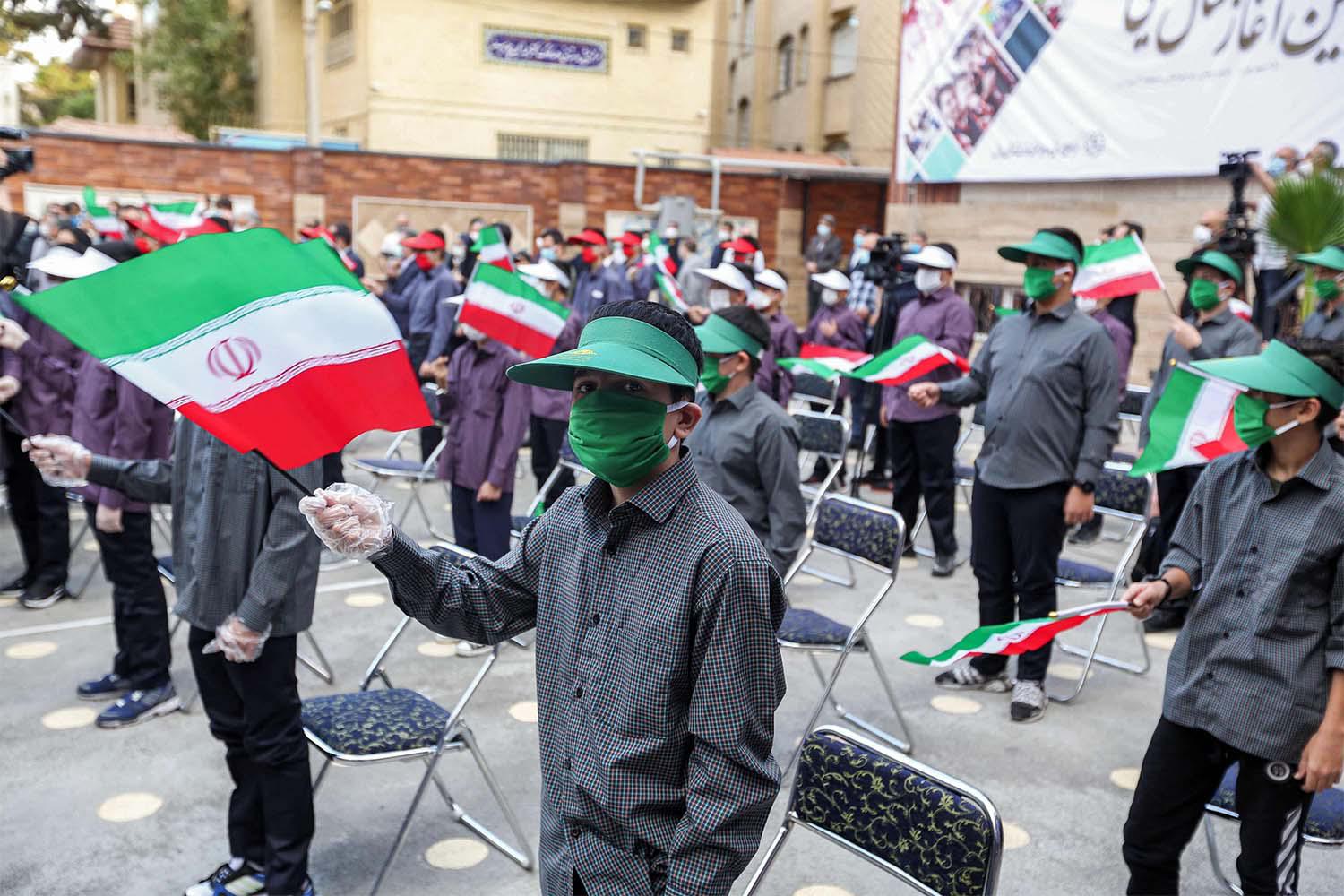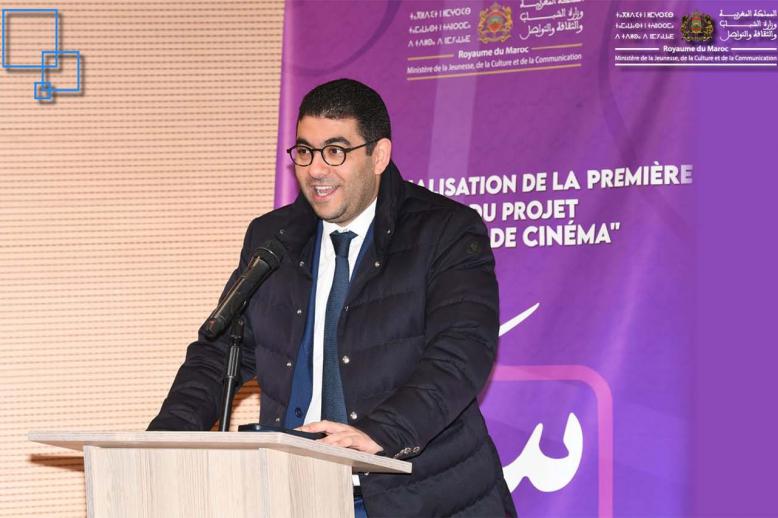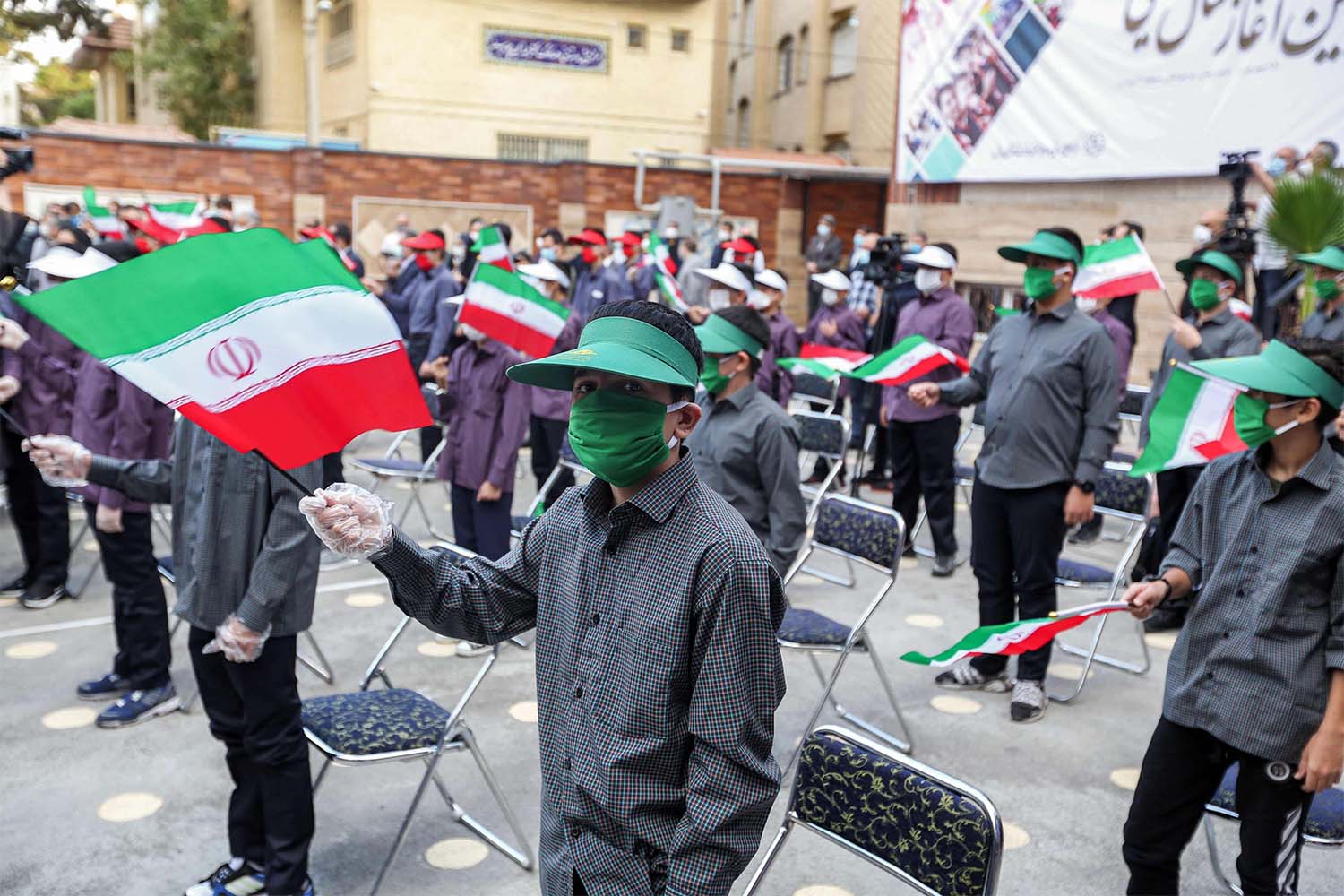Phenomenon of Suicide by children in Iran
LONDON - Suicide is becoming known as a growing phenomenon in Iran. According to statistics, more than 13 people commit suicide in Iran every day.
The majority of suicides are aged between 15 and 35. According to the Ministry of Health, in the 1997 solar year, 100,000 people attempted suicide in Iran.
On average, 125 out of every 100,000 Iranians attempted suicide, of which only 6 of them died. For comparison, in the United States in 2016, 16 out of every 100,000 people attempting suicide lost their lives.
But nowadays, the news of children and adolescents committing suicide in Iran is becoming as common as the news of deaths from coronavirus.
But what is the cause of this and why are we witnessing the escalation of this horrible circumstance? Economic problems, mental illness, political issues, and social pressures are some of the main causes of suicide in Iran.
On October 14, 2020, the suicide of a 16-year-old teenager caught everyone by surprise in Parsabad Moghan of Ardabil (in the northwest of Iran).
According to the Iran Kargar website news agency, he committed suicide with a shotgun and lost his life.
Of course, the identity of this youngster and the reasons that led to his action have not yet been announced. But, whatever the reasons, it is most likely related to the vicious circle of poverty and deprivation that has gripped the people and youth of the country, arising from the corrupt clerical regime.
Two days before that, the news of two younger children's deaths filled the web pages and shocked many.
On October 12, a 10-year-old boy living in a village in Ilam(west of Iran) committed suicide due to poverty and family problems. On the same day, a girl named Mobina, also
10 years old, who lived in one of the neighbourhoods of Tehran's Aminabad district, ended her life by hanging herself.
The day before, October 11, the suicide of an 11-year-old student living in the city of Deir made the headlines. Mohammad Mousavizadeh, who lived in the city of Deir which is located in the south of Bushehr province, ended his life by hanging himself, due to the poverty of his family which meant his parents could not afford to provide him with a smartphone so that he could continue his studies online.
Child suicide accounts for 7% of all suicides in Iran
The country's forensic organization has announced that 7% of the suicides in the country are children and adolescents.
But before we look at the rate of child suicide, we need to have a more comprehensive view of the phenomenon of suicide in Iran generally.
Hassan Rouhani who has based his seven-year rule on lies and hypocrisy, has falsified all the economic and trade statistics of the country and, by presenting a handful of lies and empty statistics, has tried to present a positive image of the government's performance.
So none of the statistics that his government proclaim are reliable, including the statistics about suicide in Iran. His most important falsification and lying statistics are related to the subject of coronavirus deaths, statistics that have been questioned by his own government officials in the Ministry of Health.
For example, the deputy minister of Health and Medical Education, Iraj Haririchi, said on the country's official television that the death toll from coronavirus is double what has been announced.
It is noteworthy that the suicides recorded in Iran are mostly related to the deprived areas of the country, which goes to indicate that the cause of these suicides is the poverty and excessive deprivation of the people, especially women.
Western regions of the country such as Hamedan, Kermanshah, Kurdistan, Lorestan and Kohkiluyeh and Boyer Ahmad are among these regions. After that, it is the provinces of Gilan, Mazandaran, East Azerbaijan, Khuzestan, Ardabil, Qazvin and Bushehr that are among the areas where the suicide rate is high.
The suicide of children and adolescents prevalent these days raises the question in every mind about what has happened in the life of a 10- or 11-year-old child to make them think of the phenomenon called suicide and then put it into practice? Because at this age, a child and adolescent has not yet tasted the fullness of life and their suicide attempt is a sign of the horrible living conditions in his situation.
While, according to the constitution of the regime, the government is obliged to provide free education for all until the end of high school, government officials dedicate non-profit schools and universities only to their own children and in reality the per capita pupil budget for the child of a cleric is almost equal to the budget allocated to 2,000 ordinary students and while they provide all the necessary tools and means for the Mullahs' schools, the majority of Iranian students are deprived of basic needs and many of them cannot afford to go to school
at all.
So, this is the reason that we hear about the suicide of deprived children and the poverty is attributed to embezzlement by a handful of Mullahs who are stealing the lifeblood of the overwhelming majority of Iranians.
Cyrus Yaqubi is a research analyst and Iranian foreign affairs commentator






